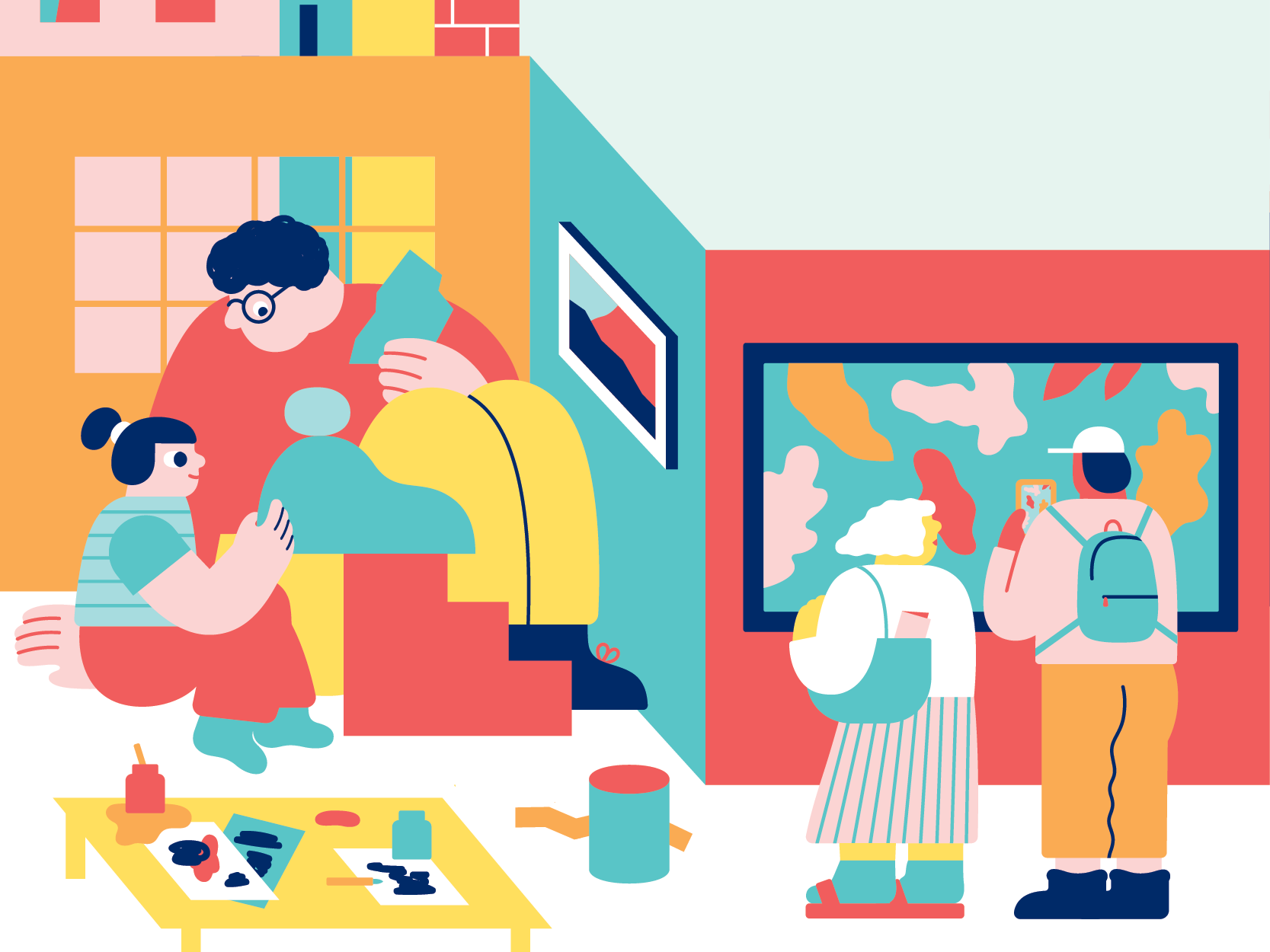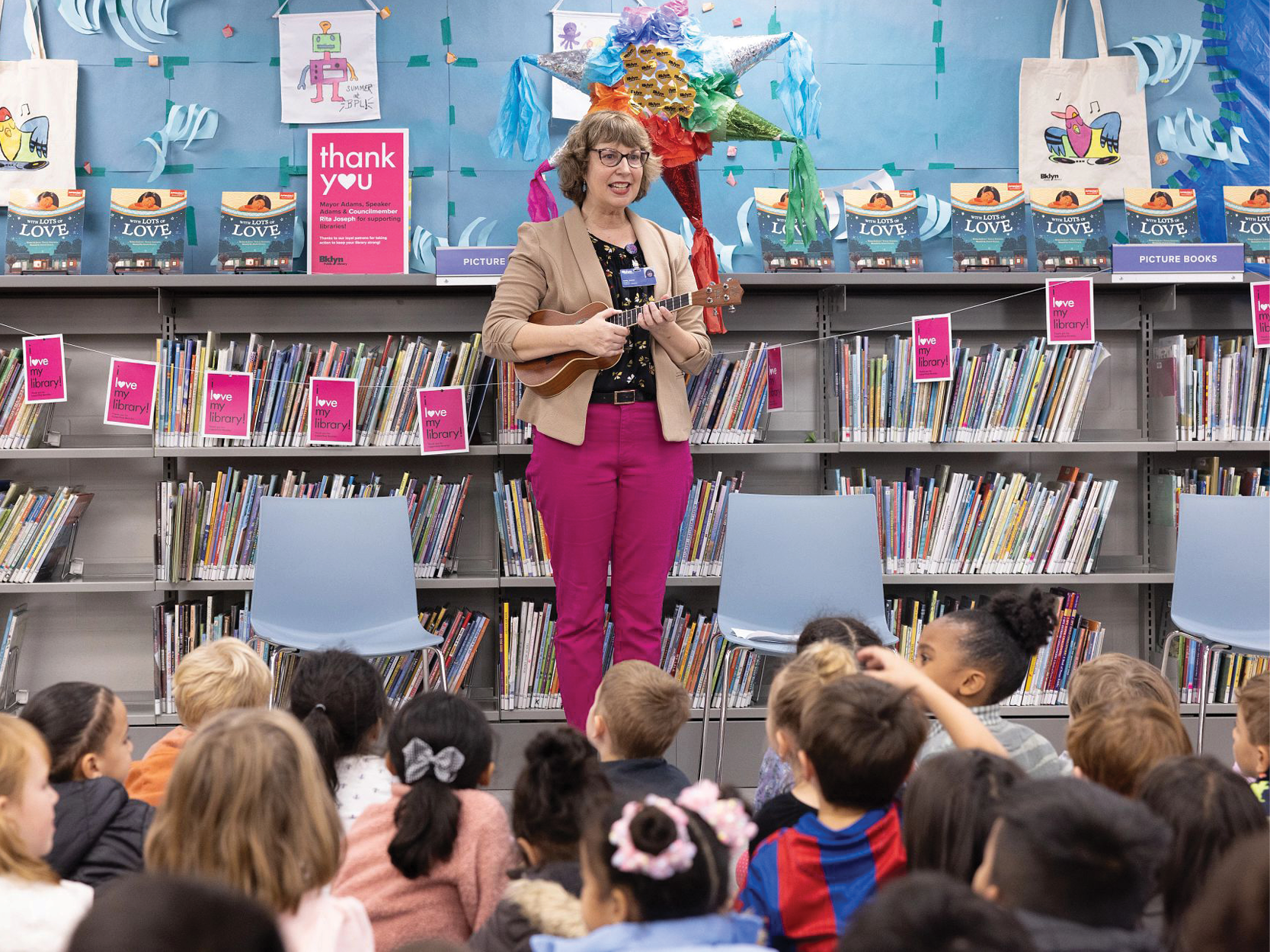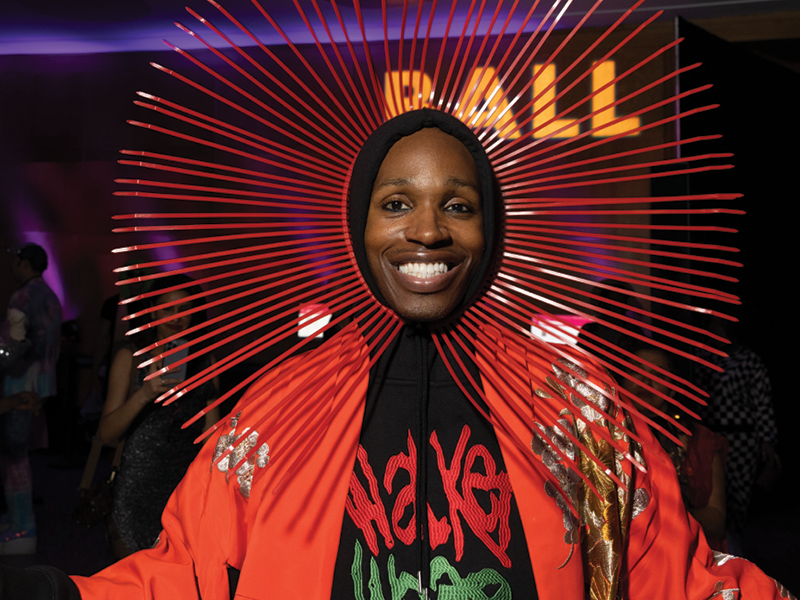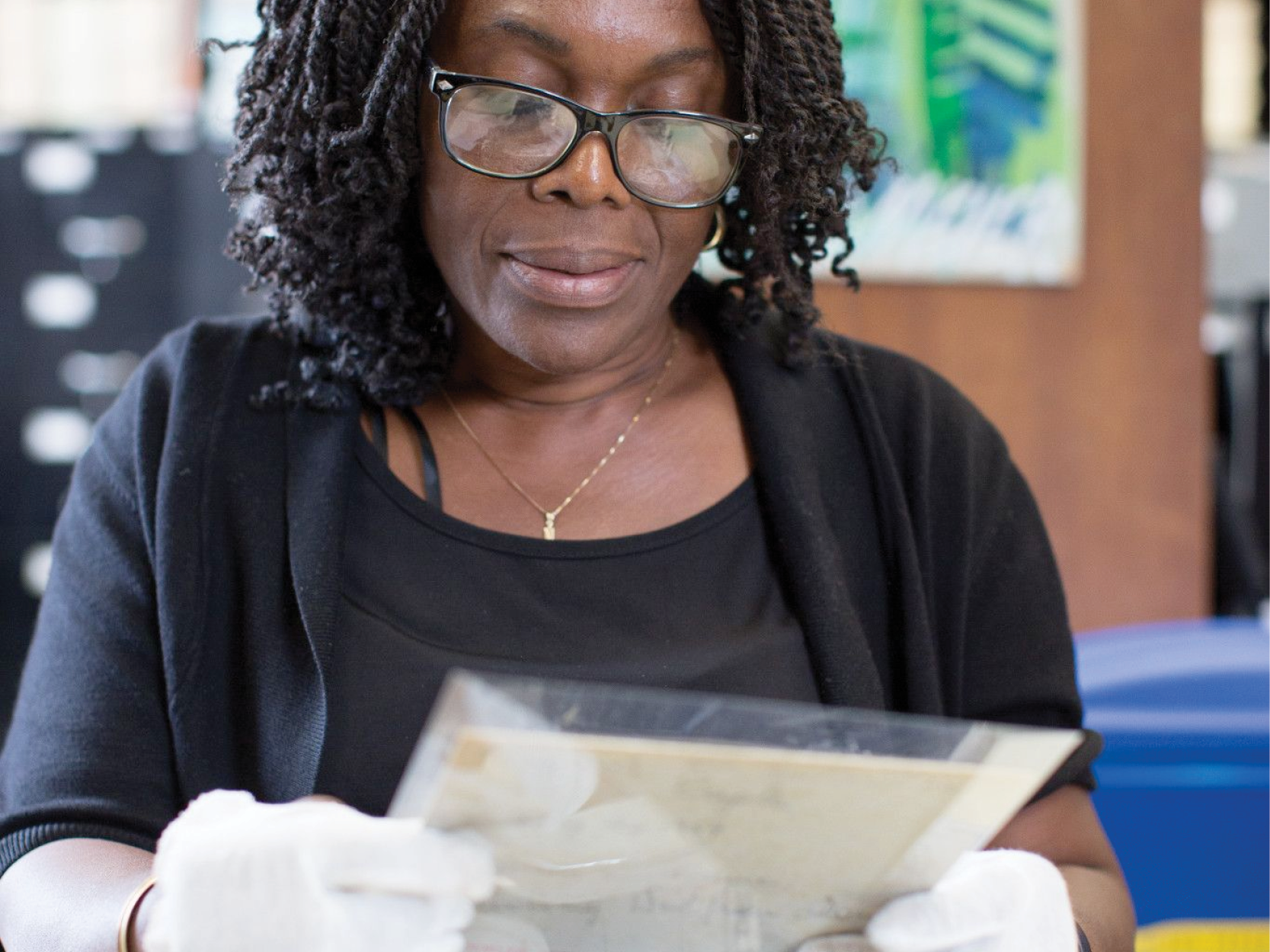Brooklyn Connections is the education outreach program in the Brooklyn Collection, focused on cultivating 21st Century learning skills in students and supporting teachers on the incorporation of archives materials into curricula.
This blog post is part of a series from the Brooklyn Connections team, sharing skills and ideas for using archives primary source material in the classroom. As part of our work, we create freely available Primary Source Packets to help students and teachers access primary source material from the Brooklyn Collection about local history topics.
Every year in June we celebrate Pride Month, recognizing the impact of LGBTQ+people and communities, and commemorating the Stonewall riots in June 1969. This year we celebrate 50 years since Stonewall, and our primary source packet on the LGBTQ Movement in Brooklyn helps us understand some of the ways that this community has existed, and struggled, in our borough.
Studying LGBTQ history presents many of the same issues we described in doing research on women’s history: we often won’t find everything we’re looking for in one place, and we might need to put together several pieces of a puzzle in order to understand the full picture.
How can we help students explore this history through primary source documents? Some of the earliest documents in our archive related to LGBTQ+history reveal an early history of gender bending:

This newspaper article lets us ask great questions with our students: Why did Miss Trondle want to dress as a man? Why was this considered a crime? And, perhaps most fascinating, how did she attempt to resolve the issue? This case opens up conversations with students about how they can respond if they feel that their own rights to express their gender identity are being infringed upon.
The history of LGBTQ+communities is often a history of struggle. We can see from Miss Trondle’s letter that she was signing it from the Raymond Street Jail; forty years later the Brooklyn Daily Eagle published a story of persecution when it revealed that over 100 people were fired from federal government jobs because, as homosexuals, they were viewed as presenting a “weakness” in the State Department. This tragic newspaper clipping provides students with a perspective on what it was like to live as an openly LGBTQ+person in the 1950s:
.jpg)
And, we see this same tension playing out on the streets of Brooklyn through a series of letters to the editor in a community newspaper:


How do we engage students with this kind of history? We can examine these documents carefully to learn how people express their opinions, and how minority groups become the targets of stereotypes. We can reflect on whether these same stereotypes have been perpetuated today, while also asking students to identify other groups in their communities that may be the victims of stereotypes. Finally, these letters to the editor invite students to see one way they could stand up against oppressive viewpoints, modelling a mechanism for one way of taking action.
We can look at other ways that groups have taken action around LGBTQ+issues:
.jpg)
This flyer lets us examine different ways that the LGBTQ+community in Brooklyn is requesting support from broader Brooklyn. We can ask students to make observations about the struggles they faced, and we can invite students to infer what impact their advocacy and action had on Brooklyn today.
To explore these and other primary sources, including several that look at Brooklyn’s LGBTQ+community today, check out our Primary Source Packet on the LGBTQ+Movement in Brooklyn. And, for further reading, Hugh Ryan’s new book, When Brooklyn was Queer, suggests other angles to explore this history from.
This blog post reflects the opinions of the author and does not necessarily represent the views of Brooklyn Public Library.
Post a Comment
While BPL encourages an open forum, posts and comments are moderated by library staff. BPL reserves the right, within its sole discretion, not to post and to remove submissions or comments that are unlawful or violate this policy. While comments will not be edited by BPL personnel, a comment may be deleted if it violates our comment policy.
eNews Signup
Get the latest updates from BPL and be the first to know about new programs, author talks, exciting events and opportunities to support your local library.







